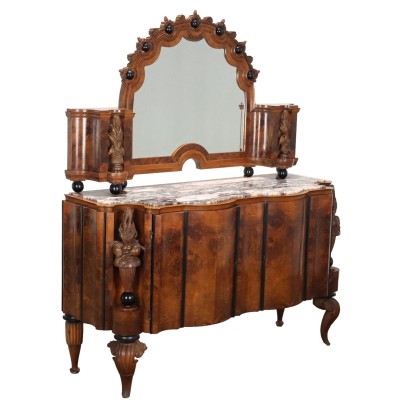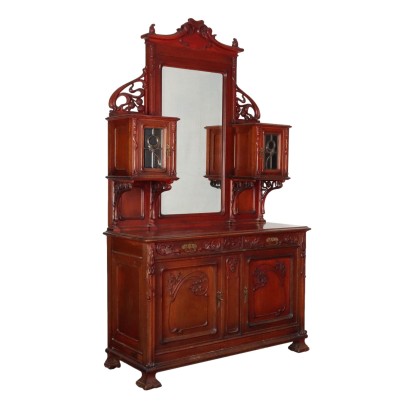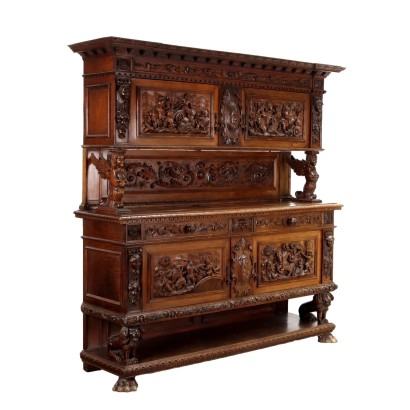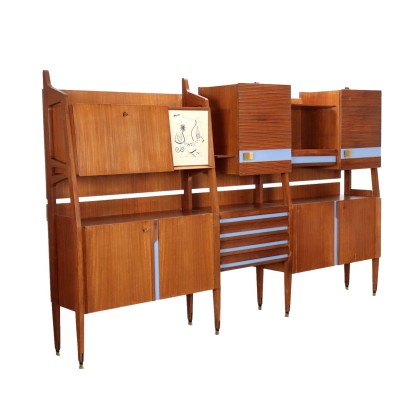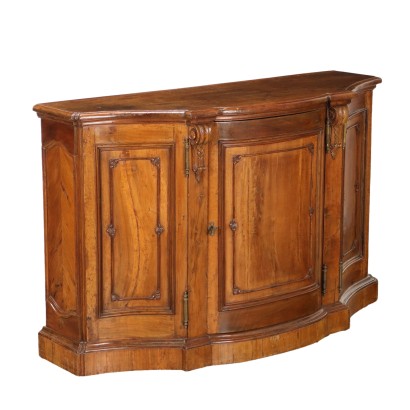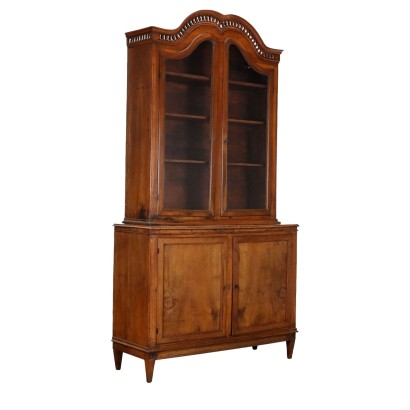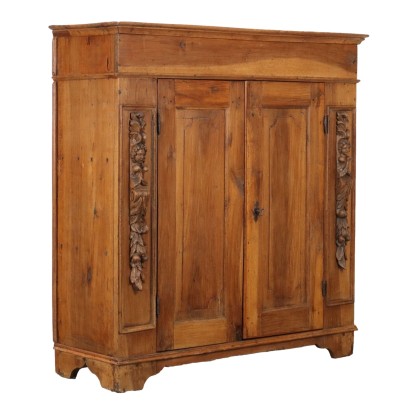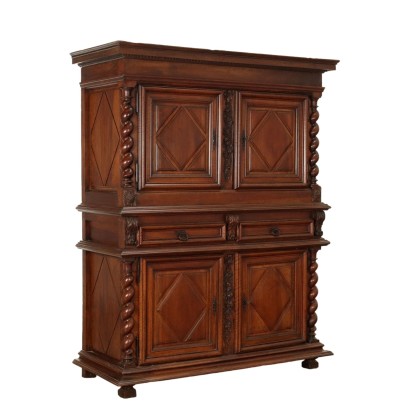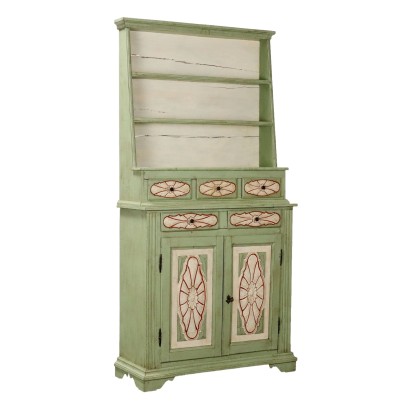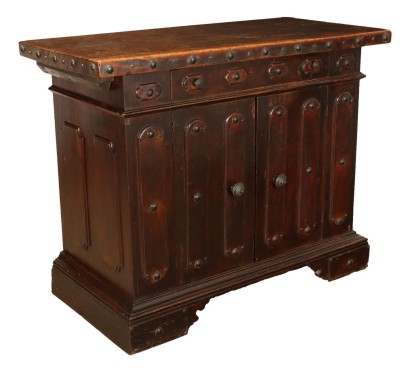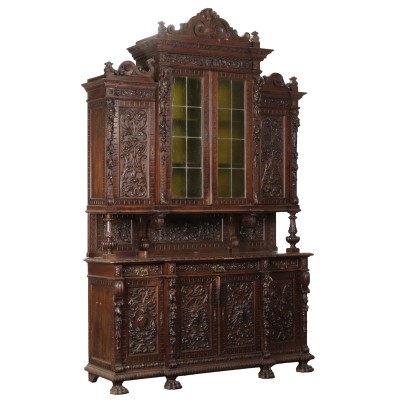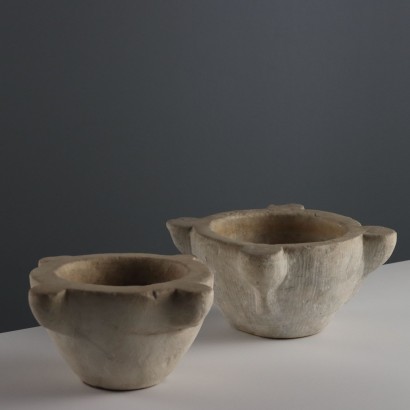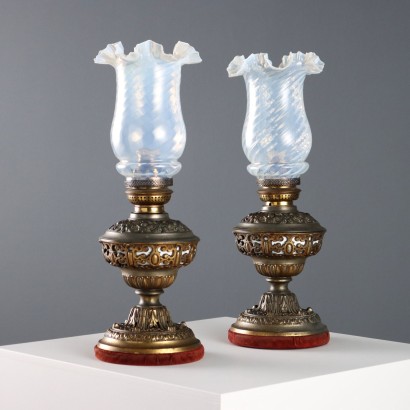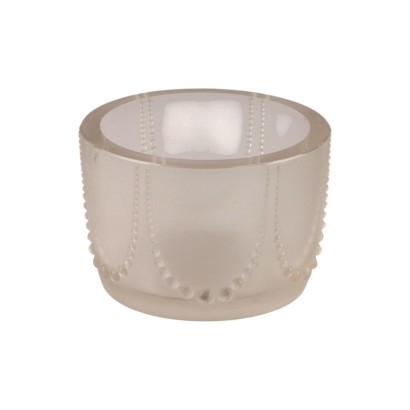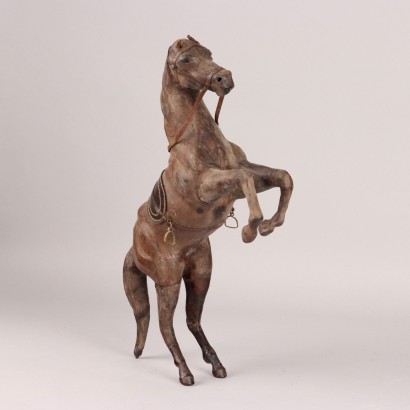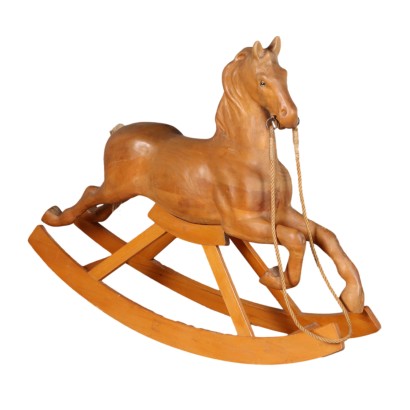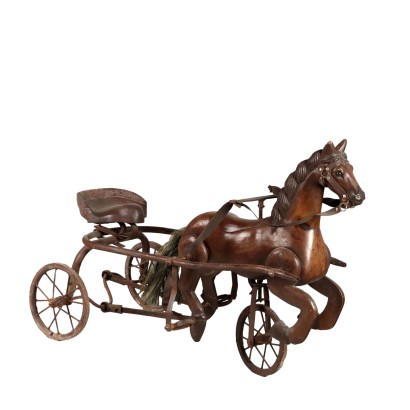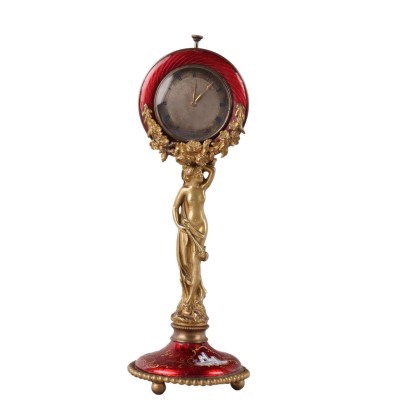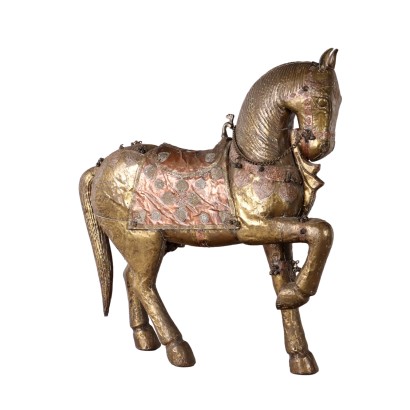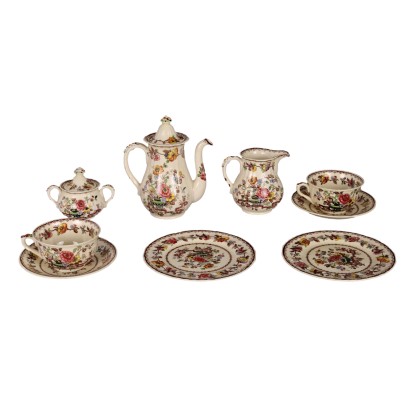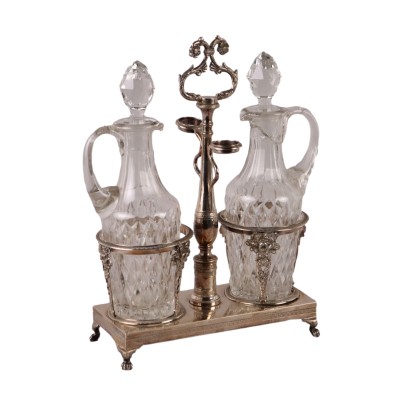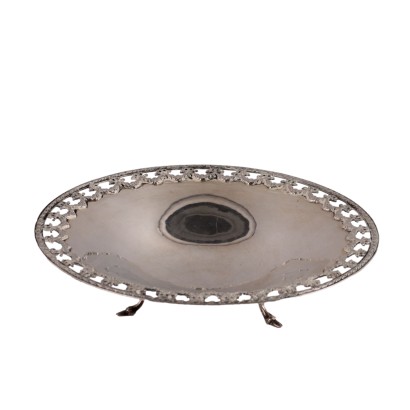Antique Art Deco Showcase Walnut Marble Italy XX Century - Cupboard, Early 1900s
Features
Cupboard, Early 1900s
Age: 20th Century / 1901 - 2000
Origin: Lombardia, Italy
Main essence: Walnut
Description
Art Deco cupboard from the early 1900s. Made with two doors on the front concealing two drawers and open compartments, a monumental mirror rests on the top in breccia medicea marble. Two turned and carved feet on the back and two curly and carved feet on the front support the piece of furniture, which is curved on both the sides and the front with two large spaces in the uprights in which two turned and carved motifs with leaf and fruit motifs are placed. Mirror with semicircular cymatium carved in lambrecchino, on the side two vase holder elements with two candelabras in the center carved like those on the piece of furniture; the mirror rests on the marble thanks to six ebonized spheres. The entire surface is veneered in walnut root and alternates walnut carvings with some ebonized ones. Small missing parts.
Product Condition:
Product that due to age and wear may require restoration and polishing. We try to present the real condition of the furniture as completely as possible with the photos. If some details are not clear from the photos, what is reported in the description is valid.
Dimensions (cm):
Height: 101
Width: 170
Depth: 64
Maximum size (cm):
Height: 200
Additional Information
Age: 20th Century / 1901 - 2000
20th Century / 1901 - 2000Main essence: Walnut
Walnut wood comes from the plant whose botanical name is juglans regia , probably originally from the East but very common in Europe. Light or dark brown in color, it is a hard wood with a beautiful grain, widely used in antique furniture. It was the main essence in Italy throughout the Renaissance and later had a good diffusion in Europe, especially in England, until the advent of mahogany. It was used for solid wood furniture and sometimes carvings and inlays, its only big limitation is that it suffers a lot from woodworm. In France it was widely used more than anything else in the provinces. In the second half of the eighteenth century its use decreased significantly because mahogany and other exotic woods were preferred.Other customers have searched:
Ecco qualche spunto dal nostro blog e da FineArt per scoprire di più sul tema credenze:
Leggi di più
Una credenza che dialoga con il passatoCredenza doppio corpo, tesoro di intagli e decorazioni
Piccolo stipo, grande arredo
Stipo toscano a cavallo tra XVI e XVII
Credenza Barium di Luciano Frigerio
Credenza, Mathieu Befort Jeune, Parigi, terzo quarto XIX secolo
Mobile anni '60
Highboard '503' Gianfranco Frattini per Bernini
Mobile bar anni '40
Mobile Bar anni '40 '50, manifattura italiana
Sull'antiquariato in generale dai un'occhiata anche a:
Classic Monday: da un pezzo dei nostri magazzini alla storia dell'antiquariato
L'antiquariato dalla A alla Z: il Dizionario dell'Antiquariato
Il dizionario dell'antiquariato - Lastronatura
Il dizionario dell'antiquariato - Mascherone
Il dizionario dell'antiquariato - Natura morta
Il dizionario dell'antiquariato - Opificio
Il dizionario dell'antiquariato - Pastiglia
Il dizionario dell'antiquariato - Savonarola
Il dizionario dell'antiquariato - Rosone
Product availability
The product can be seen at Cambiago
Immediate availability
Ready for delivery within 2 working days from ordering the product.

